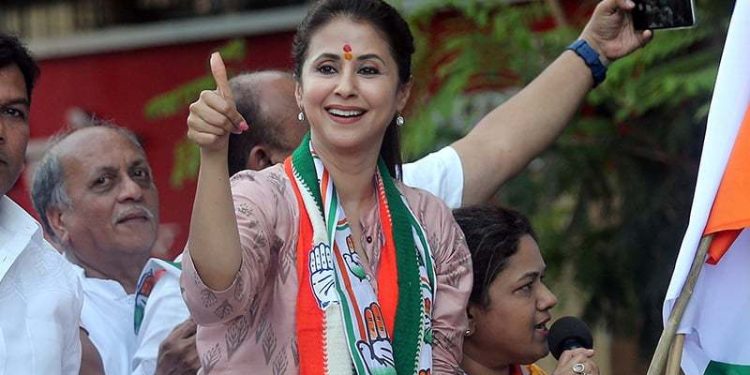New Delhi/Mumbai: Women running for India’s Parliament are barely a blip in the world’s biggest democratic exercise, which began last week and will play out in seven rounds, with results scheduled for May 23.
Women now make up just 11.8 per cent and 12.8 per cent of the total candidates nominated by Bharatiya Janata Party (BJP) and the main Opposition Congress respectively, candidate lists show.
In a country led for years by a woman, the late Prime Minister Indira Gandhi, both major parties have long pledged backing for laws to reserve a third of parliamentary seats for women, but the numbers of women they have nominated this year roughly match those in the 2014 election.
(Graphic: Indian general elections – women contestants)
“Very few women are asked (to stand for elections),” said Santosh Ahlawat, the only woman MP from Rajasthan, and a member of BJP.
“I don’t know why women are punished. Are they punished for being women,” said Ahlawat, who was not nominated this year.
Just 209 women are contesting the first two phases of the election, or about 7 per cent of 2,856 candidates, an analysis by the nonprofit Association for Democratic Reforms showed.
That low figure has prompted criticism that the major parties have once again missed a chance to redress the gender imbalance.
“Patriarchal systems have been in place for ages, it is not going to be easy to dismantle them without institutional support,” said Lalitha Kumaramangalam, a BJP leader and former chief of a national panel that fights for women’s rights.
Congress representatives have also said a law would be required to boost the numbers of women MPs.
Women make up 430 million of India’s 900 million eligible voters. In some northern states, such as Himachal Pradesh, with a population of nearly 7 million, neither Congress nor the BJP has nominated a woman candidate.
Voters in Rajasthan and Madhya Pradesh, together home to a population double that of France, will choose from just six women candidates from the BJP and eight from the Congress. By contrast, more than 80 men from both parties are running in the two states.
Women are often nominated only from constituencies they are likely to lose, said Shahida Kamal of the communist party that rules Kerala, a tactic that suggests parties only run them for the sake of appearance.
“The Congress gave me a seat in the Kasargod constituency in 2009, where the party had not won in 25 years,” said Kamal, whose party has nine MPs. Smaller parties are doing better at appointing women candidates, however.
The Trinamool Congress, led by female leader Mamata Banerjee, which rules West Bengal, has nominated women in 17 of its 42 parliamentary seats, or more than two-fifths.
“We do not need to wait for a law to do what is right – there is nothing stopping you,” said Mohua Moitra, a spokeswoman of the party who is also running for election. Her party is now the fourth largest in parliament, with 33 members.
In the neighbouring Odisha, the Biju Janata Dal, another regional party, has nominated seven women for 21 Lok Sabha seats, but the party failed to nominate even 20 per cent of women to 147-member Assembly.
Trump’s Masterstroke
Can a competent plan on a vital matter be incompetently executed? The United States says it is being looted by...
Read more





































